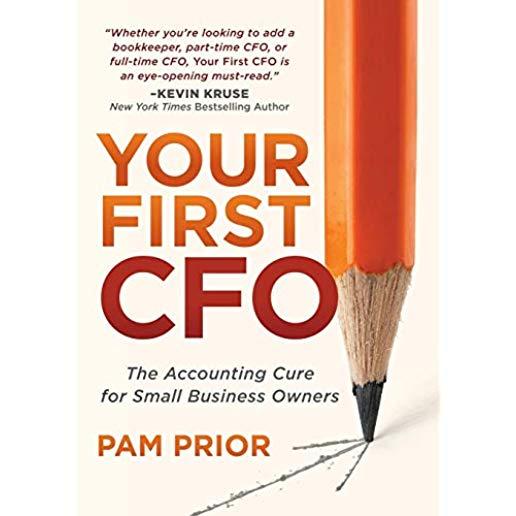
description
esigned to present the fundamental concepts of financial statements and their analysis to business executives. The book has been class-tested for more than six years in executive masters programs in business (EMBA) throughout the United States and in a number of foreign countries. The goal is to equip business managers with a basic understanding of financial reports in a concise time frame.The book has four specific objectives for this audience:1. Further the ability to speak the language of accounting2. Deepen the understanding of the basics of financial recording and statement preparation3. Enable readers to navigate annual reports and the financial disclosures therein4. Assist in reading and evaluating financial statementsIn addition to executive education courses, the book has been used successfully in intensive "refresher" courses for masters students in specialized areas of business. The objectives are the same--to provide a quick background in financial reporting fundamentals on which readers can build.The book provides a practical, effective, and efficient skill-development learning process using the following features and/or learning principles.1. Focus on fundamental and enduring concepts: The informational fundamentals of financial reporting are covered with a modest number of concepts that are stable over time. No attempt is made to address the broad set of technical nuances of accounting or financial analysis.2. Focus on real world examples: The major unifying feature of the book is the study of the financial statements of 3M Company. Chapters 5-10 are devoted exclusively to understanding and using these statements. Even in Chapters 2 and 3, which are built around a hypothetical company, Pearl River, the discussion is as practical as possible. For example, the illustration of bookkeeping in Chapter 3 is tied directly to the impact of transactions and events on the financial statements of Pearl River.3. Keep it straight forward: All topics are presented in a two-page spread with topic titles on the top left-hand side to help readers navigate the chapters. Graphics are widely used with relevant items highlighted to reinforce concepts.4. Keep it understandable: The two-page spread results in fewer concepts on each page. Term boxes define terms on the same page they are initially introduced. Intuitive labels are used when possible to make concepts more understandable and memorable. The book is written in a conversational writing style in the first person with rhetorical questions and helpful directives.5. Facilitate the development of a learning community: One of the hallmarks of executive education is its high level of interaction among participants. This book enhances these discussions by raising questions, focusing on key concepts, and through the judicious use of individual and group exercises. Copies of the latter are available from the authors.The book consists of the following ten chapters: Chapter 1: A Framework for Financial Reporting (24 pages)Chapter 2: Overview of Pearl River's Balance Sheets and Income Statements (28 pages)Chapter 3: Mechanics of Bookkeeping--Preparation of Pearl River's Financial Statements ((42 pages)Chapter 4: Generally Accepted Accounting Principles (30 pages)Chapter 5: Navigating 3M's Annual Report: Top Ten Items (28 pages)Chapter 6: Overview of 3M's Balance Sheet (58 pages)Chapter 7: Overview of 3M's Income Statement (26 pages)Chapter 8: Overview of 3M's Statement of Cash Flows (18 pages)Chapter 9: Overview of 3M's Statement of Equity (16 pages)Chapter 10: Ratio Analysis & It Role in Interpreting Financial Statements (40 pages)
member goods
No member items were found under this heading.
Return Policy
All sales are final
Shipping
No special shipping considerations available.
Shipping fees determined at checkout.







